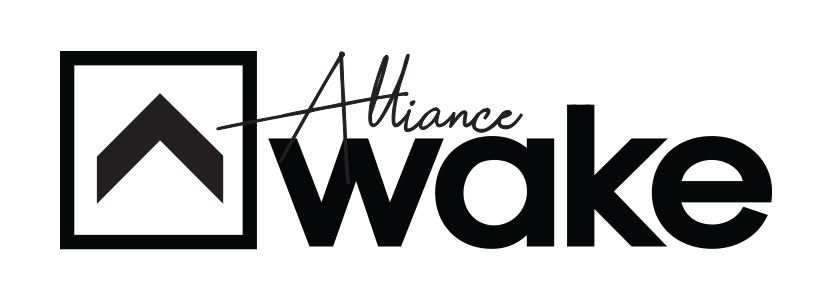101: How a Wakesurfboard is Made
For our Friday 101 experience and knowledge buster I am taking you into world of how a wakesurfboard is made. It’s not every day the reader or wakesurf enthusiast gets the chance to check out a factory or how the boards are manufactured. So today we are excited to share with you SoulCraft Wakesurfboards and the factory. A brand built right here in the good old USA. So sit back, enjoy, read up, and lets get started!
Step 1: Every board starts out as either a un-shaped blank for handshapes or a precision machined cut blank. And on another 101 I will dive into the world of the Handshaped wakesurfboard. But today, we hit up (Jeff Whalers/SoulCraft) who uses the machine cut blank to cut his heavy production times in half. And I could get into the machine cut blank and process but today we are here to see Jeff walk us though each step on how a board is made. So here we see him mid step with what I like to call pulling the rails. One of the last steps a shaper performs with being close to the the finished shaped wakesurfboard. Plus, its also important to take note on how Jeff is holding the sand paper or screen. His technique is proper and you can tell he is focused on his style of holding the screen or sandpaper as he pulls the shaped rail into the tail to pull it all together.

Step 2: After the wakesurfboard has been shaped the board is preped for its choice of fin boxes. In this case we see Jeff with a metal plate provided by Future fins on the surfboard in which he lines up the marks of the plate with the marks he has drawn on the board to indicate exactly where he should set and route the board for the fin boxes.

Step 3: Now that the fins have been cut into the blank. The blank is off to its next step in the manufacturing process. Here we see Gringo pulling and laying out the fiberglass cloth on to the shape. A super important step in the manufacturing process. For if you have any kind of crinkle in the cloth or fabric it can be a glassers nightmare and the board can be ruined. So here we see Gringo placing his hand and smoothing out the fabric on the shaped blank for the glasser.

Step 4: Next we see Jeff laminating the wakesurfboard. There are many steps to this process so I just had him get over the board with the tools so I could talk about the glassing process a little bit. Looking back we saw Gringo lay the cloth on the board in step 3, and now it’s time for the resin to be poured and spread into the cloth. A process which looks simular as Jeff would have a bucket like in his hands pouring out the resin, but instead of a brush in his hands, he would have a spreader or blade to run back and forth the resin into the cloth. A step I want to point out that is super imortant as you want to make sure the cloth is full and saturated with resin, but as well, is pulled tight (Cloth) with just enough resin in it that it stays strong. Like I said earlier each step is super important and this brings me to point out the tools Jeff has in his hand. The paint brush is for what we would call the hot coat step/process. Its the step in which after the board is laminated and the cloth is pulled tight and let to dry. Next is the hot coat step I mentioned where the glasser gets ready to pour and spread that last bit of resin on the board so it is smoothed out like in the picture is used here. That way when the sander goes to sand the board he does not sand the cloth and take away the inegrity and stregth in which the cloth was placed on the board in the first place. It’s also is the last step in which the glasser can make or break a sander. If the glasser lams/hot coats the board to thin the sander gets yelled at for sanding the fabrick. If the glasser lams/hot coats the board to thick the sander gets yelled at for not sanding it enough. All I am saying is the sander gets yelled at a lot and each craftsman in the board building process has to be a pro to see the quality wakesurfboards you see in the shops.

Step 5: After the laminator/glasser has glassed the board its then ready for the sander. Here we see Gringo taking out some of the lumps by hand in the glass job before he attacks it with the disc sander and gets the proper tools ready like a mask for breathing on as dust will be flying. I also want to point out Jeff is all about quality control at SoulCraft and I liked seeing this kind of attention to detail. I make boards as well and its nice to see others taking the time to make quality American made wakesurfboards. 🙂

Step 6: This is it, we made it together! We got to see how a wakesurfboard is made here in the good old USA. Here we see Jeff Whalers of SoulCraft Wakesurfbords standing proud with one of his finished boards and rightfully so. There are many steps involved with manufacturing a wakesurfboard. It’s not a easy craft and I hope I made that clear for all that we should thank all the brands that go into such detail with quality control to make the best wakesurfers on the market. I hope you enjoyed this and I am exctited to see what else I can come up with for an informative look at our cool wakesurf industry -Josh Sleigh




















